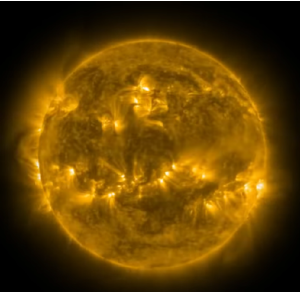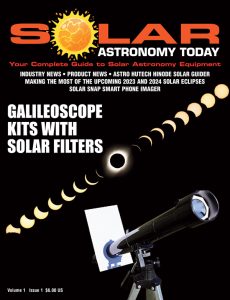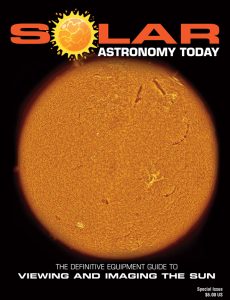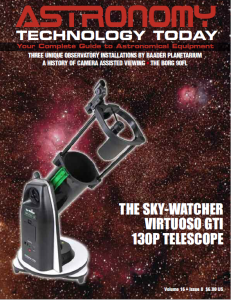The NOAA hasan amazing video showing the time-lapse off the Sun and sunspots starting from the beginning of Solar Cycle 25. As the NOAA team notes in a recent article, “In case you missed it, Solar Cycle 25 has ramped up much faster than scientists predicted producing more sunspots and eruptions than experts had forecast.”
 The NOAA (National Oceanic and Atmospheric Administration) is part of the US Department of Commerce. Part of its mission is to help provide data from its constellation of weather and environment-monitoring satellites.
The NOAA (National Oceanic and Atmospheric Administration) is part of the US Department of Commerce. Part of its mission is to help provide data from its constellation of weather and environment-monitoring satellites.
The time-lapse off the Sun and sunspots was compiled by Mark Miesch, Ph.D., a CIRES scientist working at NOAA’s Space Weather Prediction Center. As he noted, “The timeless progression of the solar cycle marches on. Although the Sun is no more active than in previous generations, our society has changed. With our increasing reliance on electric power, global telecommunications, satellite navigation and aviation, we are more sensitive than ever to the Sun’s changing moods,” said Miesch. “Stay tuned for more fireworks as we approach yet another solar maximum in 2024.”
While all of this heightened solar activity of Solar Cycle 25 has the NOAA and other organizations like NASA keeping a close eye for potential impact on global infrastructure, this advanced activity is certainly a boon to amateur astronomers who practice solar viewing and imaging.
Check out the full video of the NOAA time-lapse off the Sun and sunspots below.

 T
T
The Sun is more active than it’s been in years. And if you want to know your equipment options from solar glasses to the most out of this world solar viewing and imaging options, check out our free publication – The Definitive Guide to Viewing and Imaging the Sun – simply click here and enjoy reading!
 And to make it easier for you to get the most extensive news, articles and reviews that are only available in the magazine pages of Astronomy Technology Today, we are offering a 1-year magazine subscription for only $6! Or, for an even better deal, we are offering 2 years for only $9. Click here to get these deals which only will be available for a very limited time. You can also check out a free sample issue here.
And to make it easier for you to get the most extensive news, articles and reviews that are only available in the magazine pages of Astronomy Technology Today, we are offering a 1-year magazine subscription for only $6! Or, for an even better deal, we are offering 2 years for only $9. Click here to get these deals which only will be available for a very limited time. You can also check out a free sample issue here.

